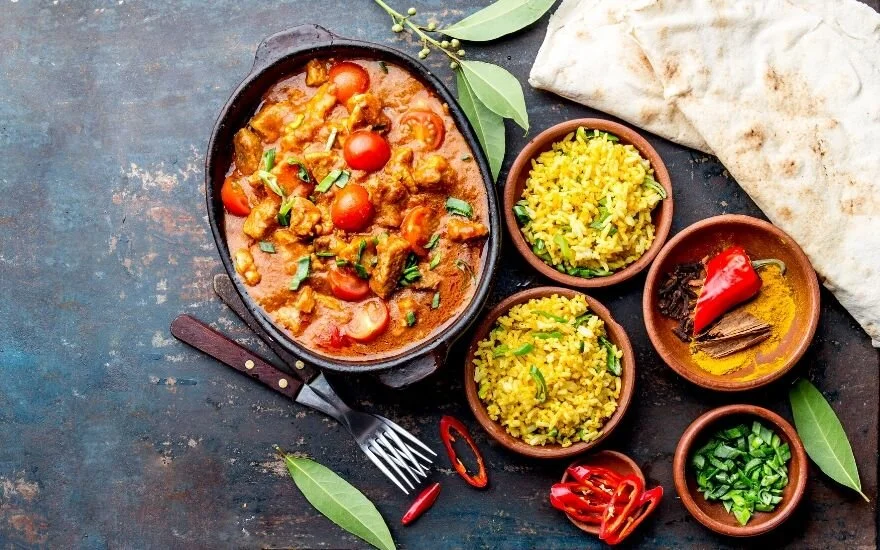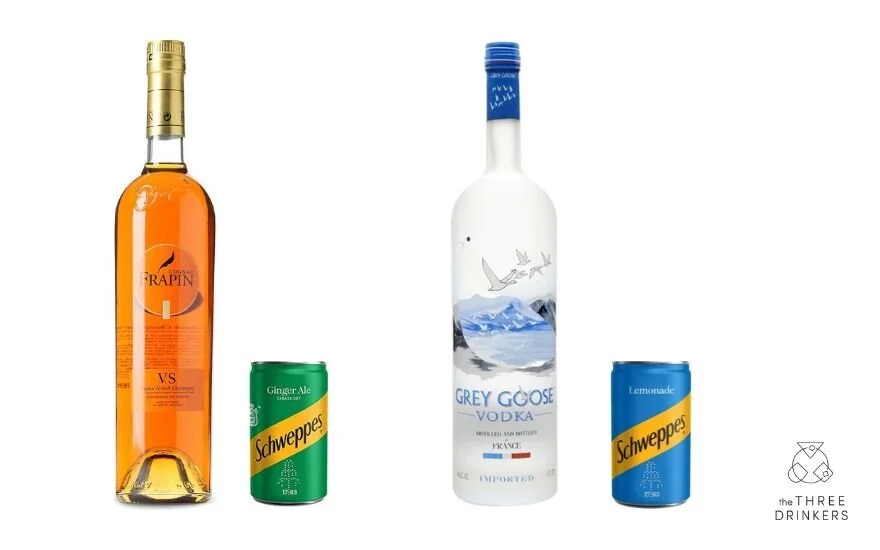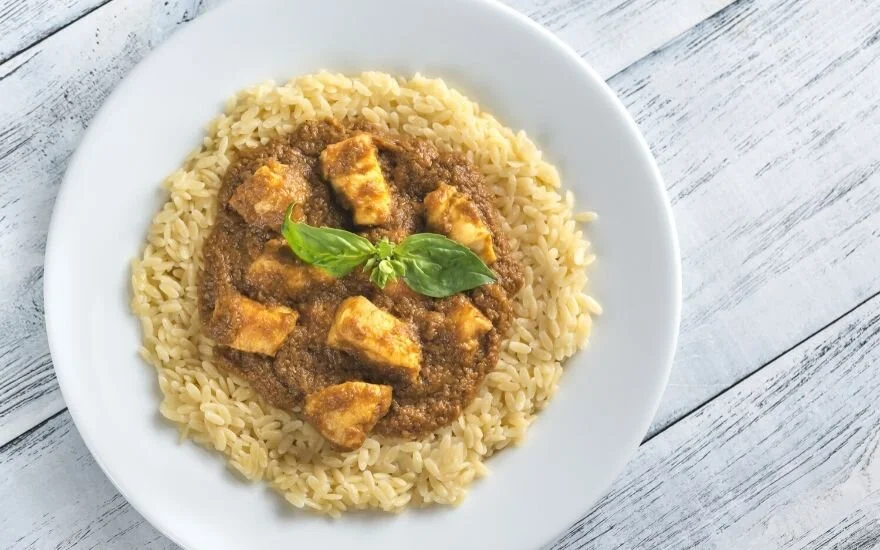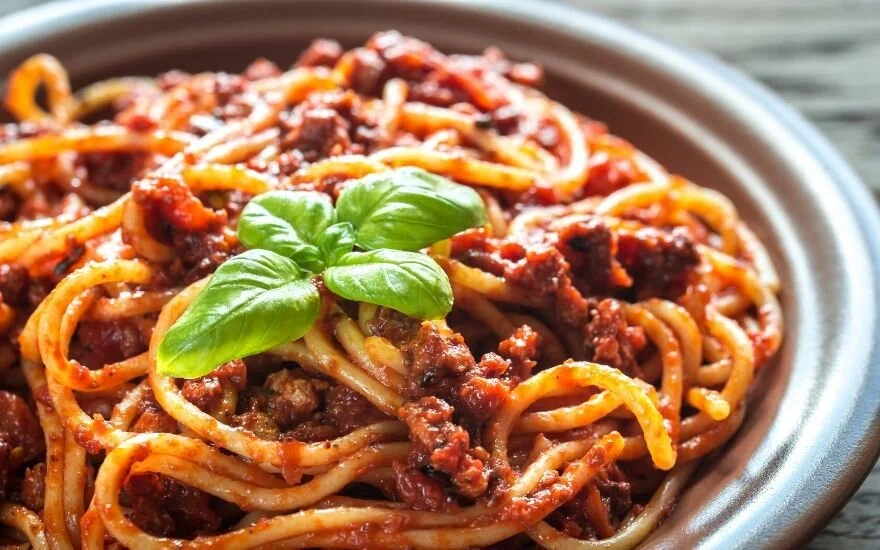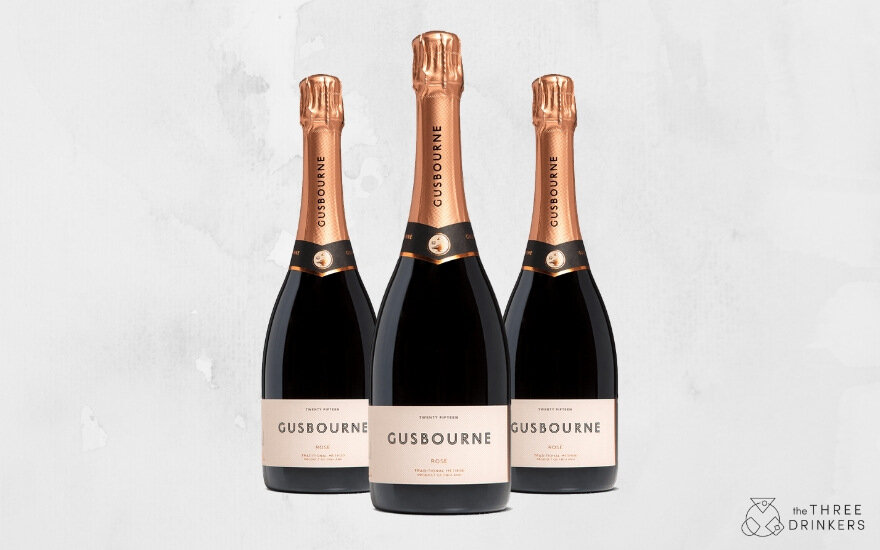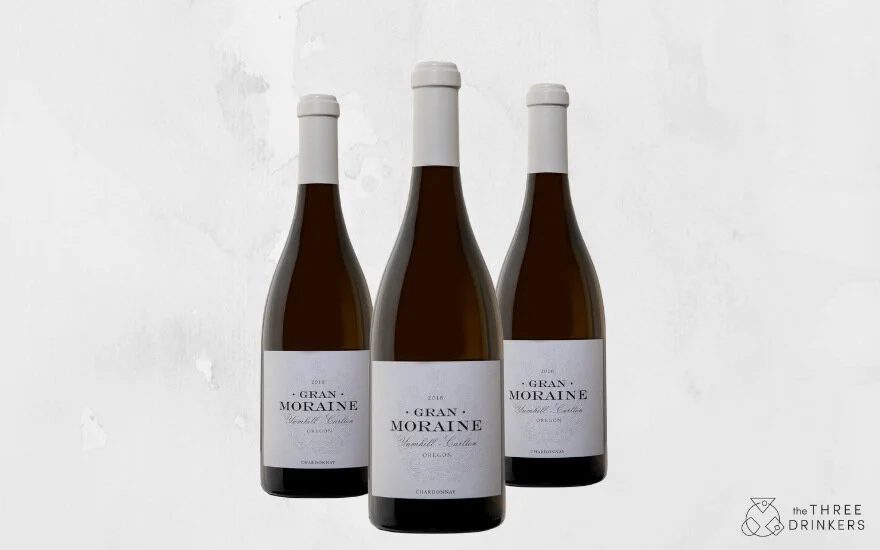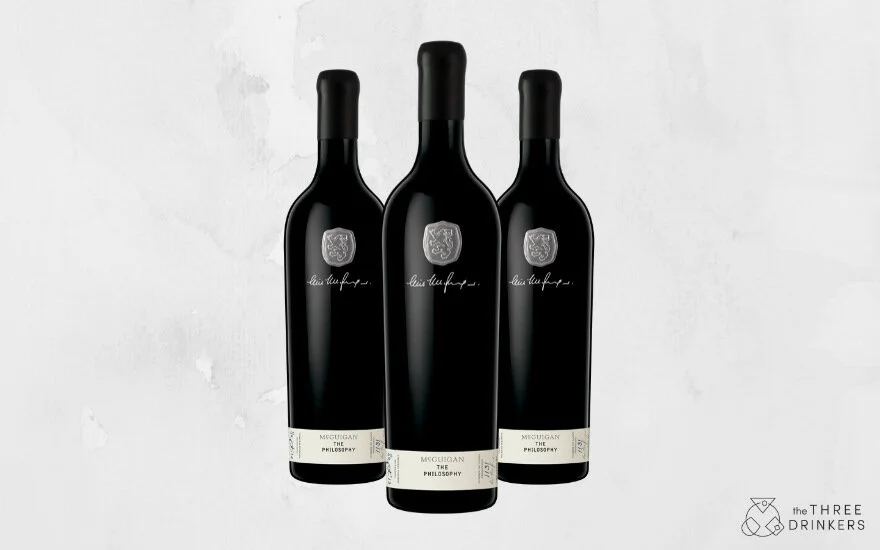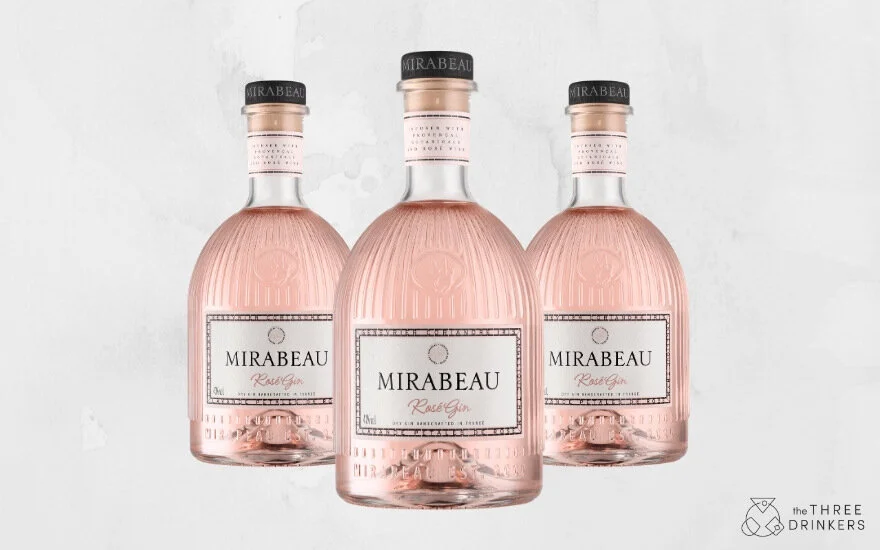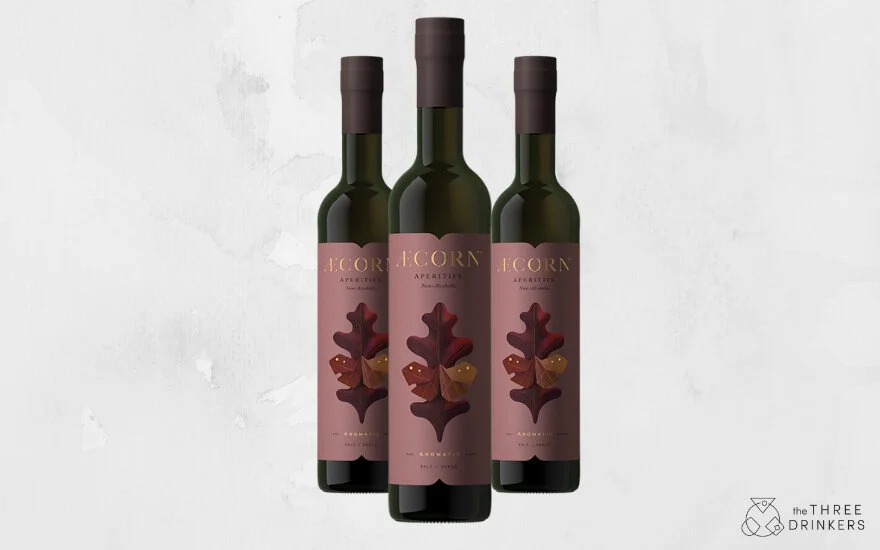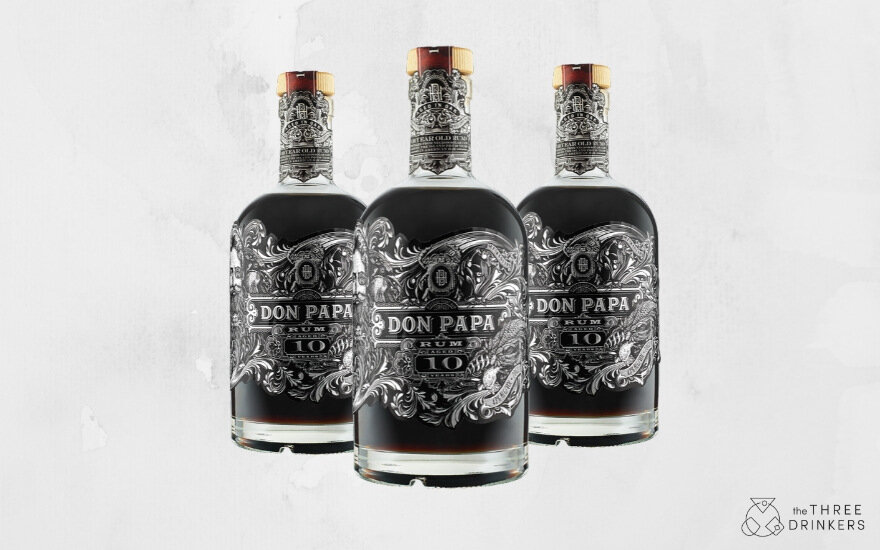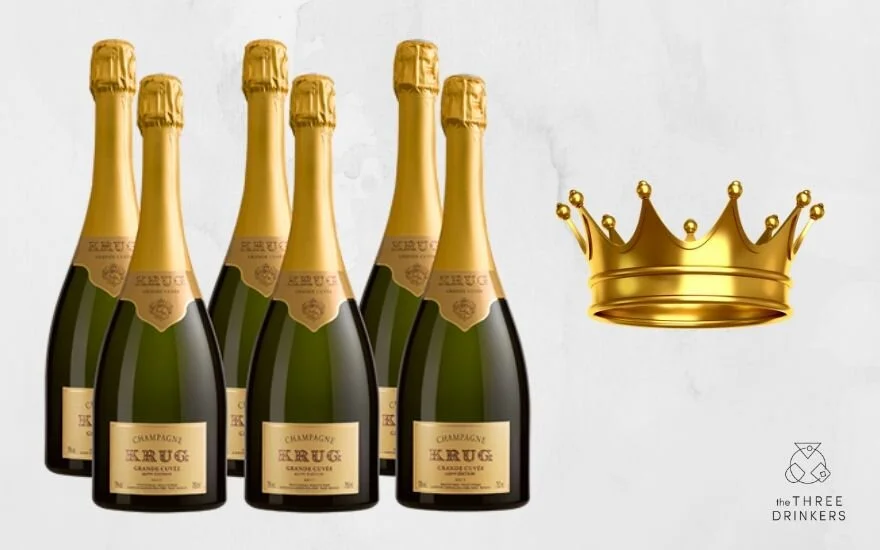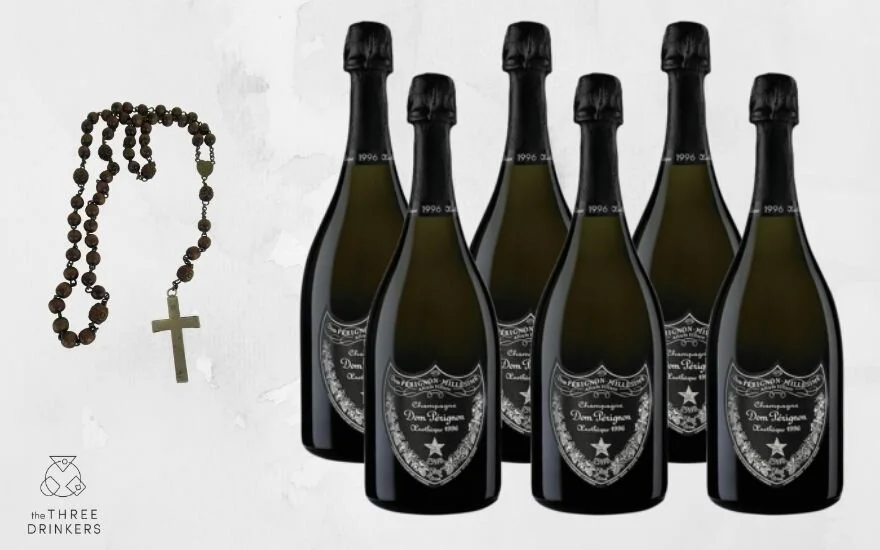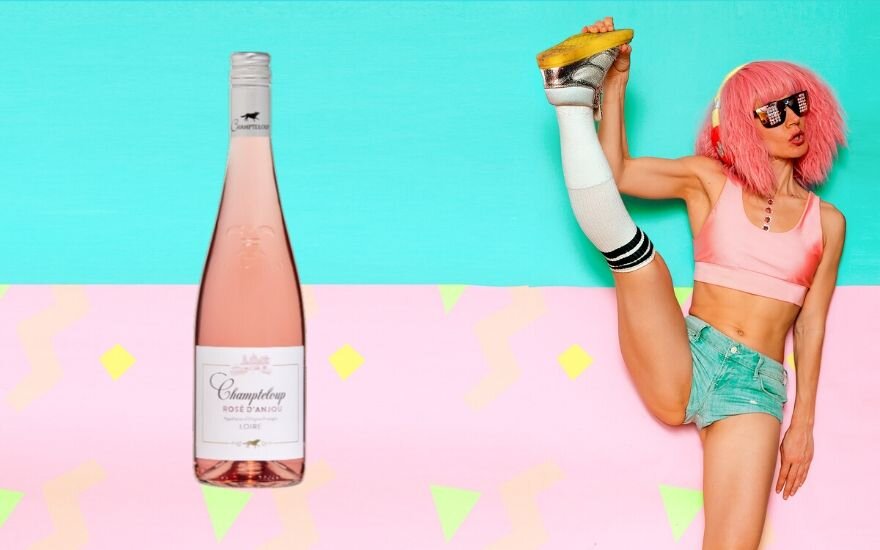Words by Helena Nicklin
If, like us, you’re feeling brave enough to try takeaways again, you may be in the mood for a proper Indian takeaway after all that home cooking. Here’s your need-to know guide to the best drinks to have with Britain's most popular curry dishes:
BEER
First thing’s first: spice is not a huge fan of wine, which is why beer (lager specifically), is a great ‘catch-all’ drink to quench a thirst. Why is this? Served cold, the bubbles freshen the palate instantly and importantly, the alcohol is not very high when compared to wine or spirits, so it doesn't fan the flames of the chilli. You don’t want one that’s too gassy though. Here are three that we love:
The Not-Too-Gassy BEER: Cobra Extra Smooth
Stomachs get full pretty quickly with a big takeaway curry and Cobra comes top of the charts when it comes to lager that’s not too gassy. It’s also smooth with enough flavour to complement the food without getting lost. Perfect for lovers of lager and ale alike as it’s somewhere between the two. You can get 12 x 330ml for £32.95 here.
The Gluten Free, Fruit Beer: Jubel Beer
Made in a ‘demi-peche’ style, these ‘dangerously refreshing’ beers are low in alcohol (4%), vegan and infused with natural fruit. They come in peach, elderflower and grapefruit and are good for those who don’t normally drink beer as they’re quite heavy on the sweet fruit. They’re ridiculously drinkable though, non-gassy and those fruity notes that will help balance some of that heat. They’re excellent value too. Stock up with a case of 12 x 330ml for £25 here and here.
The Alcohol Free Beer: Heineken Alcohol Free (0.0%)
More fruity and gently malty than the alcohol version, this lager is exceptionally easy drinking and actually tastes like beer rather than cardboard- something that many other brands cannot say about their de-alcoholised drinks! £29.95 for 24 x 330ml here and most supermarkets.
WINE
When it comes to wine and curry, you have to be a little careful as tannin and high alcohol can jar with the food horribly, exacerbating heat and clashing with the flavours, but there are some matches that work well. Ripe and off-dry styles of wine will help fan the flames of all sorts of curries and the lower in alcohol they are, the better. Here are some to try...
Best All-Rounder
You need: Fruity Rosé
For a reliable style of wine with curry, make it pink and uber juicy, so the sweetness in the fruit counterbalances any heat. It works for most styles of curry, especially Lamb Bhuna. You could find any French Rosé d’Anjou, which will always have a touch of residual sugar and tonnes of ripe, red fruit. If you are after something a bit different and more sophisticated however, try this little number from Lyme Bay winery in Devon. It’s packed full of ripe cherry and strawberry aromas and flavours, with a quintessentially English, redcurrant twist. Technically off-dry, though you won’t notice it because the high acidity will refresh your palate while the fruit sweetness balances the spice.
Find it: Lyme Block English Rosé, £9.99 from ALDI.
Best for: Aloo Gobi, Jalfrezi, Green Curries, Dhal
You need: Vinho Verde
Vinho Verde is a famous style of wine from northern Portugal that is traditionally light in alcohol and has a slight spritz. They can be dangerous in the summer for lunchtime drinking as you can find yourself cracking into a second bottle without a thought. This one by Varzea is just 9.5%, slightly off dry and with zingy, limey flavours and a crisp, green apple skin nose. A great one for green curries and anything with lots of vegetables.
Find it: Varzea Vinho Verde, £7.99 (£6.99 mix six price) from Majestic.
Best for: Korma, Butter Chicken and mild, creamy curries
You need: Chardonnay
Find a Chardonnay that’s particularly fruity as opposed to a more Chablis-esque style. Chardonnay can be famously buttery and a small touch of oak here could work wonders with the umami notes from the curry. New Zealand or Chile are good places to go for this sort of style and we love this one by The King’s Legacy as it has a rich creaminess thanks to lees ageing, a touch of savoury oak and a gorgeous dollop of fruit.
Find it: The King’s Legacy Chardonnay, £15.99 (£11.99 mix 6 price) from Majestic.
Best for: Madras, Tikka Masala and tomato-rich curries
You need: Soft, tangy, juicy reds
A few grapes could do this job, Merlot, Shiraz/Syrah and Carmenère being right up there as long as they are not oaked too much or too high in alcohol. I am a particular fan of the Sangiovese grape with tomato-based curries. Tomatoes are a tricky wine match but the Italians have overcome this with pizzas and ragus thanks to this native Italian grape. High acidity, low tannin and a rustic earthiness make this a great match here. I’d avoid Chianti (Sangiovese is the Chianti grape) and go for a straight up, youthful wine like this little Sangiovese blend, ‘Il Caretto’ from Puglia. Bright fruit, refreshing, light on its feet and tangy.
Find it: Il Caretto, IGT Rosso di Puglia, £8.25 from Corney and Barrow
SPIRITS
Spirits alone would be a no-no with curry until you want to set your mouth on fire, but diluted with a mixer and a handful of ice - it’s a whole other story. Try these combinations.
Best for: Rogan Josh or Biriyani
You need: Cognac + Ginger Ale
A classic VS or VSOP cognac with a 150ml of ginger ale and ice is just perfect with a medium to hot, meaty curry like a Rogan Josh or a rice dish with mince meat and spice, like a Biryani. Avoid ginger beer as it will be too sweet, so ale is the way forward. The rich citrus tones from the cognac marry perfectly with ginger and complement the warm spices of the dish.
Find this: Frapin VS Cognac, £40 from here.
Drink it with this: Schweppes Ginger Ale. 12 x 150ml for £4.09 from Waitrose.
Best for: Vindaloo
You need: Vodka & Lemonade
This famously hot curry won’t leave much room for flavour in drinks, so go clear for the spirits and clear for the mixer, preferably a sweet one. With lots of ice! Vodka and lemonade is your answer, with a twist of real lemon to add to the acidity and freshness. We love Grey Goose original for its creamy, smooth texture with classic, Schweppes lemonade.
Find this: Grey Goose Original Vodka, £32.99 from here.
Drink it with this: Schweppes lemonade, 12 x 150ml, £10.99 from here.

